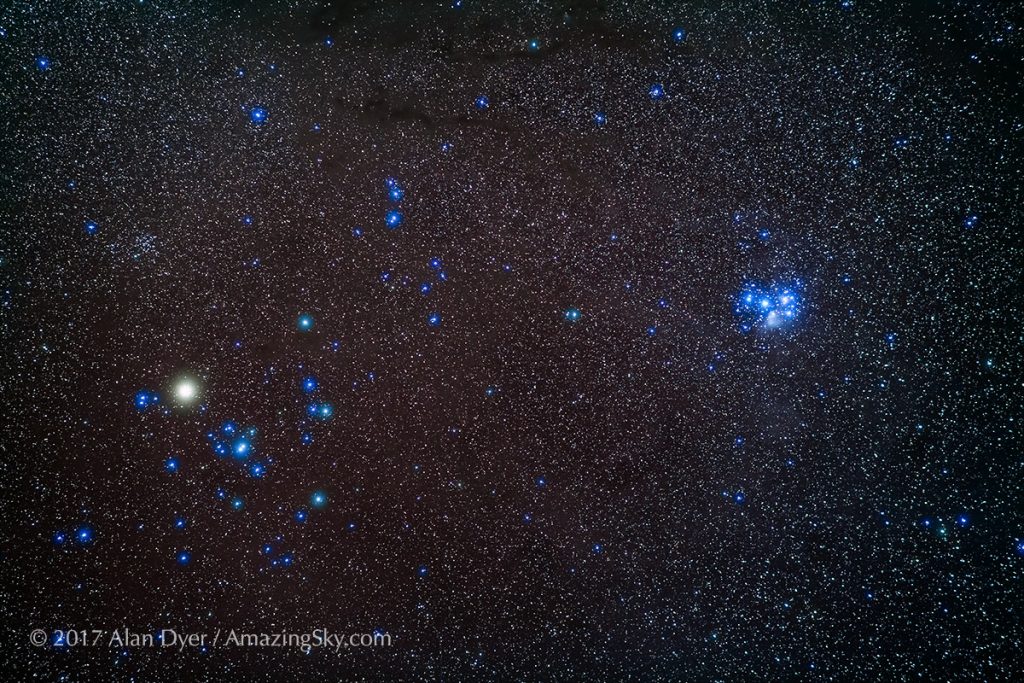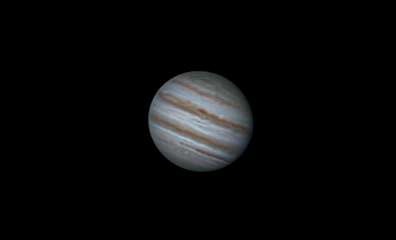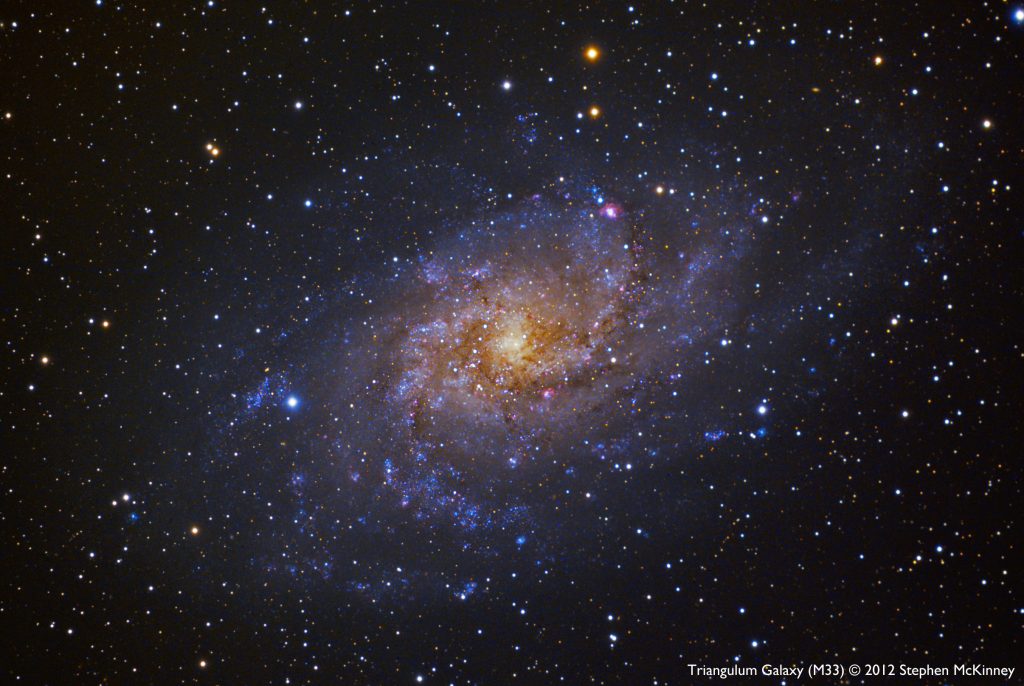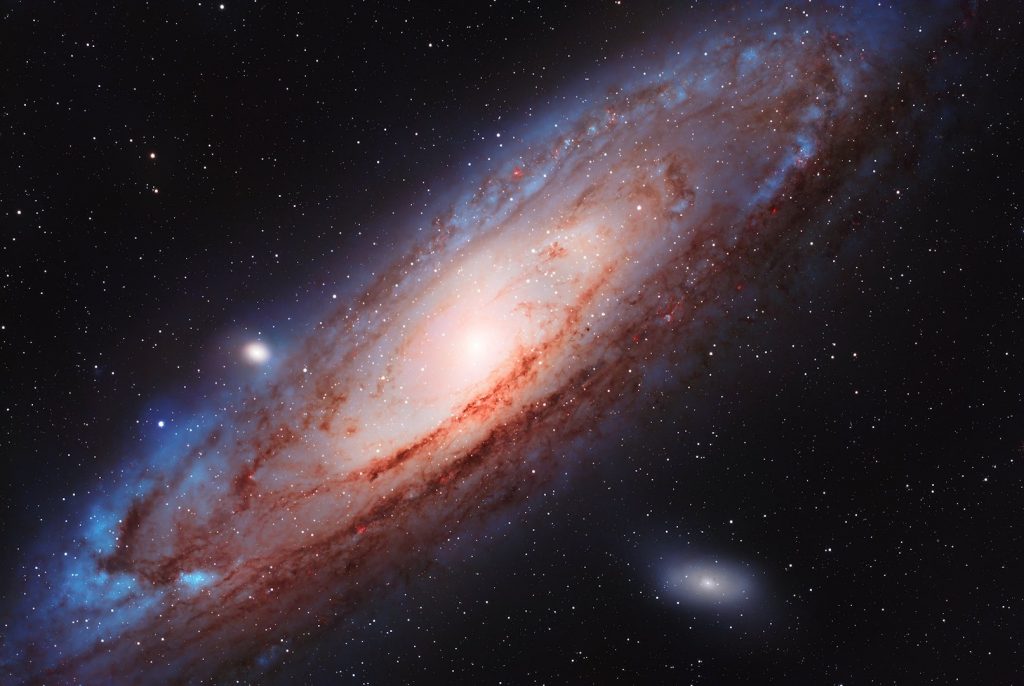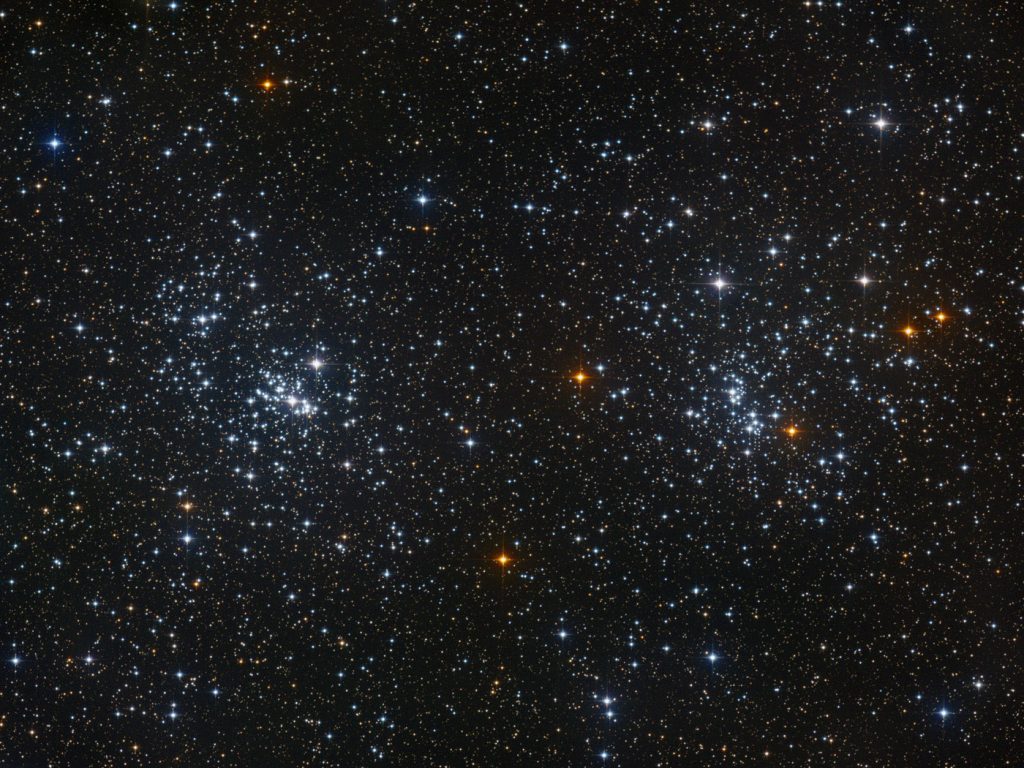Sunset Timing, the Morning Moon Launches Hanukkah and Poses with Virgo Stars and Venus, and December Dark-Sky Delights Include Two Comets!
This is a portrait of the two groups of half-sisters related in mythology as daughters of Atlas: the Hyades, at left, and the blue Pleiades, at right, two nearby open star clusters in Taurus, imaged by Alan Dyer from Quailway Cottage in southwest Arizona, December 15, 2017. The bright, orange star at far left is…
Read more
